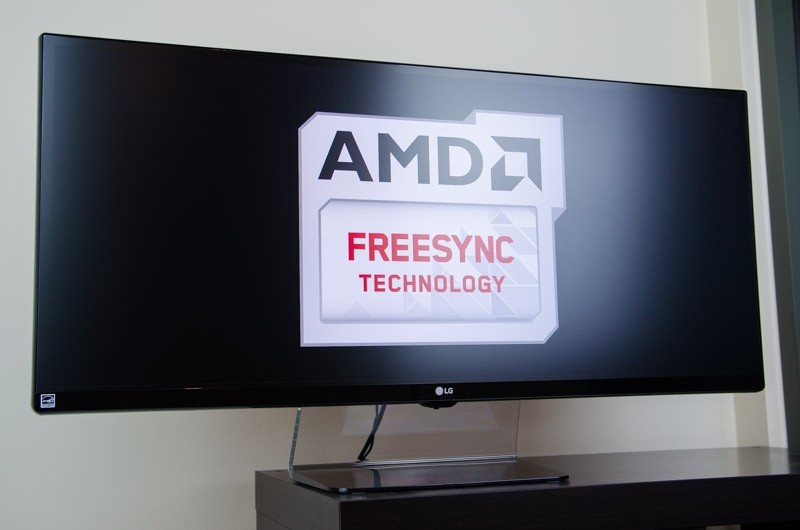Disclaimer: I'm not an ATI/AMD fanboy, the last card of theirs I've purchased was the Radeon 7000. lol
@hahahanoobs
The point that AMD would like to put across is that FreeSync can be supported in any monitor as long as it supports the Adaptive Sync standard. To wit, it is an option that consumers can take advantage of if they want to when purchasing what AMD hopes to be a basic monitor in the future. I doubt including other interconnects will be a point of confusion for anyone getting a monitor to specifically use FreeSync.
The minimum refresh rate currently is pretty bad, without question. But that again is a problem with the manufacturer, and shortly after "launch." G-Sync has had some time to mature as well as having the advantage as being marketed specifically for gaming to a much stronger extent that FreeSync (in my opinion). You cannot fault FreeSync specifically for what the manufacturer does since other than needing to support DP Adaptive Sync they can do whatever they want, but I do hope said manufacturers will figure out they are severely limiting a feature they will try to market the hell out of for having.
Incidentally, the
ROG Swift has a minimum vertical refresh rate of 50hz unless I am reading it wrong, so that's not actually that much better. The Acer XB280HK tops out at 60hz at it's native resolution. So really, I think manufacturers are still trying to figure out how to make these displays
right in general. I missed the part about ghosting, where was that in the review?
The limited number of supported AMD GPUs will be self correcting over time, that is practically a moot point. "Out of box" driver support is lacking for sure, but like all drivers will mature over time. Eventually Crossfire support will be there, and I for one would be interested in how it does.
I'm sorry the Canadian Dollar is weak. That's a painful price, practically a $200 difference compared to the US listing. You can blame global economies on that, not the tech. However it does raise the question of why that monitor is expensive to begin with... probably a money grab by BenQ since it's something new they can market for having.
